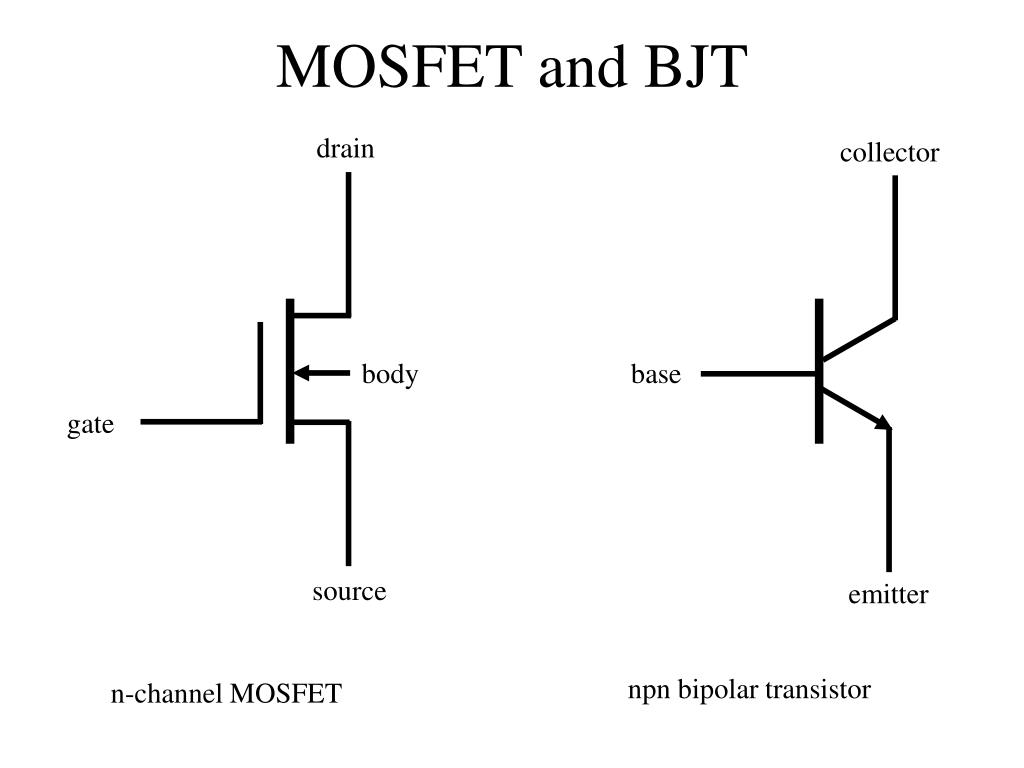
To turn the MOSFET on, the gate voltage must be raised. N-Channel (NMOS) – In an N-Channel MOSFET, the source is connected to ground. To understand them better, we can categorize them into three main groups: MOSFETs come in various types, each with unique characteristics. Remember to always choose the right MOSFET and configuration based on your specific project requirements. If you’re interested in more advanced MOSFET applications, visit this page. A 220-ohm resistor is a suitable value for this purpose.įor a more technical explanation of how a MOSFET functions as a switch, consult this page. The gate’s high capacitance can draw a significant instantaneous current when attempting to turn it on.
Transistor gate drain source series#
You can find it here:Īdditionally, you should include a resistor in series with the Arduino output to limit the current. If you’re planning to drive the MOSFET using an Arduino operating at 5V, you’ll need a “logic-level” MOSFET capable of turning on at 5V (Vgs = 5V), such as the ST STP55NF06L. However, it’s common practice not to push it to the limit, so Vgs values of 10V-15V are typically used for this type of MOSFET. This MOSFET only turns on when Vgs ranges between 10V and 20V. Take the IRFZ44N, a “standard” MOSFET, as an example. When the gate is connected to the source (Vgs=0), the MOSFET remains off. To use a MOSFET as a switch, you need to ensure that the gate-source voltage (Vgs) is higher than the source voltage.


When no voltage is applied between the gate and source, the drain-source resistance is incredibly high-almost like an open circuit-preventing current from flowing.

Think of a MOSFET as a variable resistor, where the voltage difference between the gate and source determines the resistance between the drain and source. By applying voltage to the gate, you create an electrical field that controls the current flow through the channel between the drain and source, without any current flowing from the gate into the MOSFET itself. The MOSFET has 3 terminals, “ gate“, “d rain” and “ source“, differs from BJT which has “base”, “collector”, and “emitter” terminals. Unlike a bipolar junction transistor (BJT) that operates based on current control, MOSFETs are voltage-controlled devices. MOSFET, short for metal-oxide-semiconductor field-effect transistor, is a unique type of field-effect transistor (FET). A Simplified Explanation of How MOSFETs Work.Understanding Different Types of MOSFETs.


 0 kommentar(er)
0 kommentar(er)
